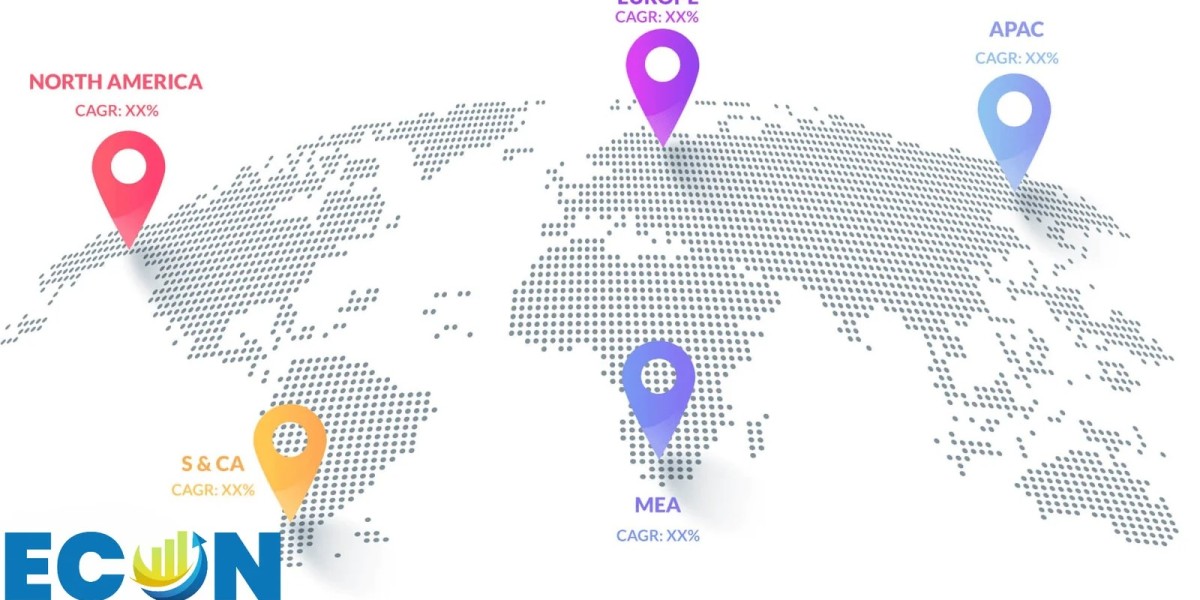Introduction:
Drug delivery systems (DDS) represent a critical field in medical science, focused on the controlled, targeted, and efficient delivery of therapeutic agents to specific sites within the body. The development of innovative DDS has revolutionized modern medicine by enhancing drug efficacy, minimizing side effects, and optimizing patient compliance. The primary goal of drug delivery is to ensure that the right concentration of the drug reaches the intended target site at the right time, while maintaining its activity and minimizing interactions with non-target tissues. This detailed analysis explores various types of drug delivery systems, their mechanisms, and the emerging trends shaping the future of this transformative field.
More Info : https://www.econmarketresearch.com/industry-report/drug-delivery-systems-market/
Traditional Drug Delivery Methods:
Historically, drugs have been administered via relatively simple methods such as oral, intravenous, intramuscular, and topical routes. These traditional methods rely heavily on the body’s natural pharmacokinetic and pharmacodynamic processes to distribute drugs. However, such delivery methods often lead to suboptimal therapeutic outcomes due to factors like rapid drug degradation, poor absorption, or unintended distribution to non-target tissues. For instance, oral administration can result in reduced bioavailability due to first-pass metabolism in the liver, and intravenous delivery can lead to systemic toxicity if the drug accumulates in non-target organs.
Categories of Drug Delivery Systems:
Drug delivery systems can be broadly categorized based on their mechanism of action, target specificity, and the type of material or technology used. Key categories include:
1. Controlled Release Systems:
Controlled release systems are designed to release drugs at a predetermined rate over an extended period, ensuring consistent therapeutic levels while minimizing the need for frequent dosing. These systems often use polymer-based matrices, gels, or reservoirs to encase the drug and modulate its release. Techniques like diffusion-controlled, osmotic, or biodegradable systems are commonly employed. For example, transdermal patches or implantable devices can provide slow, consistent drug delivery, improving patient adherence and reducing fluctuations in drug concentration.
These systems are particularly beneficial for chronic conditions, where sustained drug release can significantly improve therapeutic outcomes by maintaining constant plasma drug levels, thus reducing the risk of overdose or underdose.
2. Targeted Drug Delivery Systems:
Targeted delivery systems aim to deliver the drug specifically to the site of disease, reducing exposure to healthy tissues and minimizing side effects. This is achieved through active targeting mechanisms, such as ligands that bind to specific receptors on target cells, or passive targeting based on the unique environment of the diseased tissue (e.g., the enhanced permeability and retention effect in tumors). Nanotechnology plays a significant role in this field, with nanoparticles, liposomes, and micelles being used to encapsulate and transport drugs directly to the intended site.
For example, in cancer therapy, nanoparticles can be engineered to recognize and bind to tumor cells, releasing their drug payload directly within the tumor microenvironment. This approach maximizes the efficacy of chemotherapy drugs while minimizing their toxic effects on healthy tissues.
3. Biodegradable and Biocompatible Systems:
Biodegradable drug delivery systems use materials that break down naturally within the body after releasing the drug, leaving no trace behind. These systems are often used for localized and controlled release in the form of microspheres, hydrogels, or implants. Polymers like polylactic acid (PLA) or polyglycolic acid (PGA) are commonly used for these systems, as they degrade into non-toxic byproducts that are easily metabolized by the body.
Applications of Drug Delivery Systems:
Advanced drug delivery systems have wide-ranging applications across multiple therapeutic areas. Some of the most prominent applications include:
· Cancer Therapy:
Cancer treatment has benefited greatly from targeted drug delivery systems that minimize the toxic side effects of chemotherapy. Nanoparticles, antibody-drug conjugates (ADCs), and gene therapy vectors are actively being developed to deliver cytotoxic agents directly to tumor cells while sparing healthy tissues. This approach not only enhances drug efficacy but also improves the patient’s quality of life by reducing the adverse effects associated with conventional chemotherapy.
· Diabetes Management:
In diabetes, controlled-release systems, particularly insulin pumps and smart insulin pens, offer precise and timed delivery of insulin, helping patients maintain optimal blood glucose levels. Additionally, researchers are exploring the use of oral or inhalable insulin delivery systems to eliminate the need for injections, enhancing patient convenience.
· Neurological Disorders:
Drug delivery systems for neurological conditions face the challenge of crossing the blood-brain barrier. Innovations such as nanoparticle-based systems or focused ultrasound-assisted delivery have shown promise in delivering drugs to the brain, offering new hope for treating conditions like Alzheimer’s disease, Parkinson’s disease, and brain tumors.
· Vaccines:
Vaccine delivery has also seen significant advancements, with systems like microneedle patches allowing for pain-free and self-administered vaccine delivery. These systems improve patient compliance and can enhance immune response by delivering vaccines directly into the dermis, where immune cells are more abundant.
Challenges in Drug Delivery Systems:
Despite their many benefits, advanced drug delivery systems face several challenges. One key challenge is scalability—translating laboratory-scale systems into mass production while maintaining cost-effectiveness can be complex. Additionally, regulatory hurdles related to safety, biocompatibility, and long-term stability of these systems require rigorous testing and evaluation, which can delay the introduction of new DDS technologies to the market.
Contact Info
Phone Number: +1 812 506 4440
Email : sales@econmarketresearch.com













